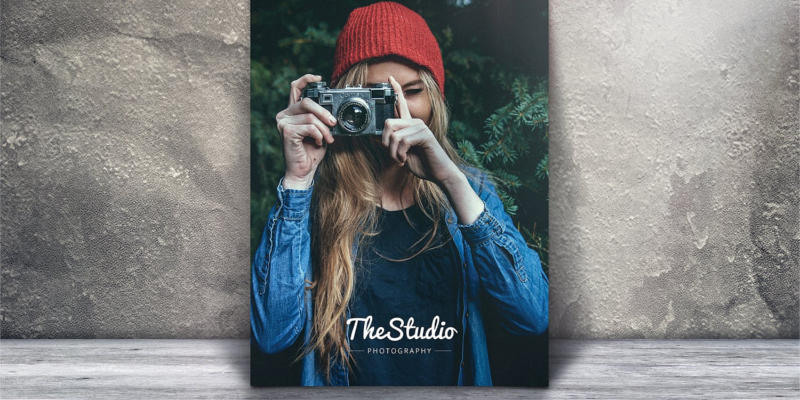47+ Photography Flyer Designs Examples to Download
Photography is an art that captures moving moments into still photographs that if well taken care of, will stand the test of time. It is the perfect combination of science and creativity to be able to be able to take a moving thing into a piece that will be still forever and if done right and showcased the right way, might let you, as a photographer earn money.
Sharing your work might lead to clients contacting you for work in which you could see your pictures in materials such as company brochures for companies in your area. To be able to share your work to the world and make money at the same time, you must first find a medium to share your work to other people. an excellent selection of photography brochures here can be used for a photographer to share his work, and himself as a brand to the world. The files are available in different formats that is user-friendly, and at the same time have excellent quality. Download them now!
Professional Custom Design Photography Flyer Template
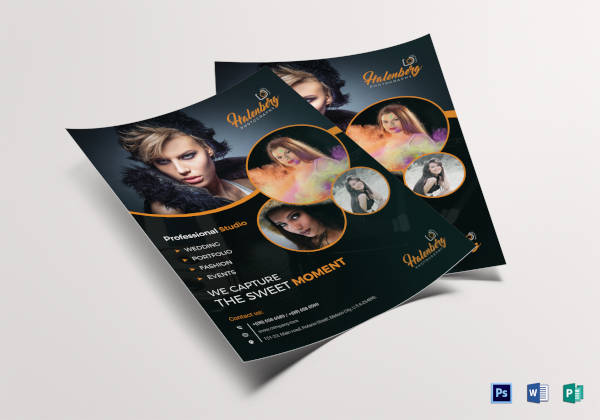
Modern Photography Flyer Template
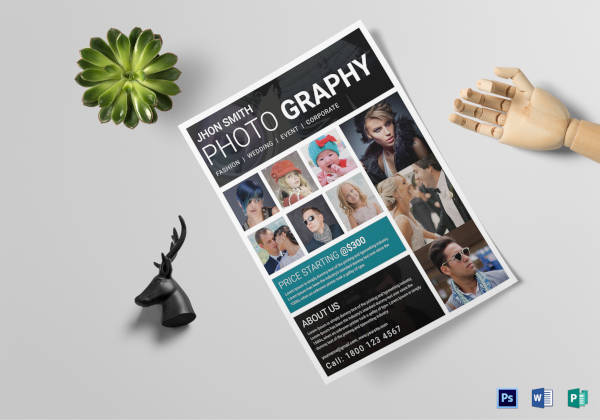
Beautiful Creative Photography Flyer Template
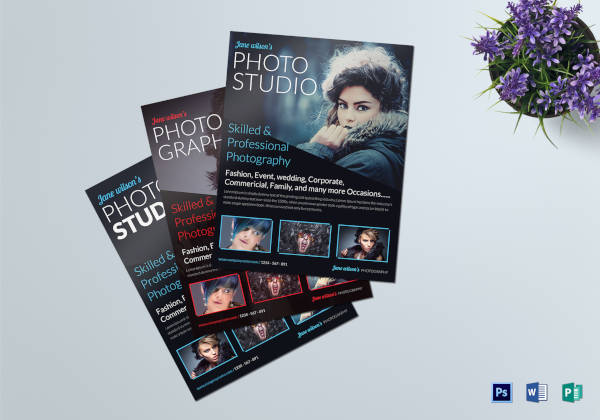
Photography Flyer Template
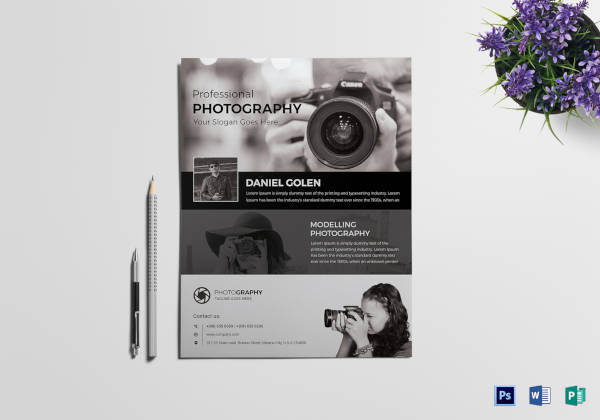
Free Photography Flyer Template

Modern Photography Flyer
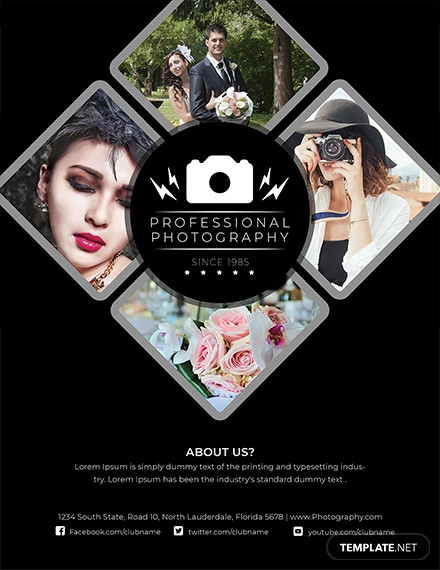
Wedding Photography Flyer Example
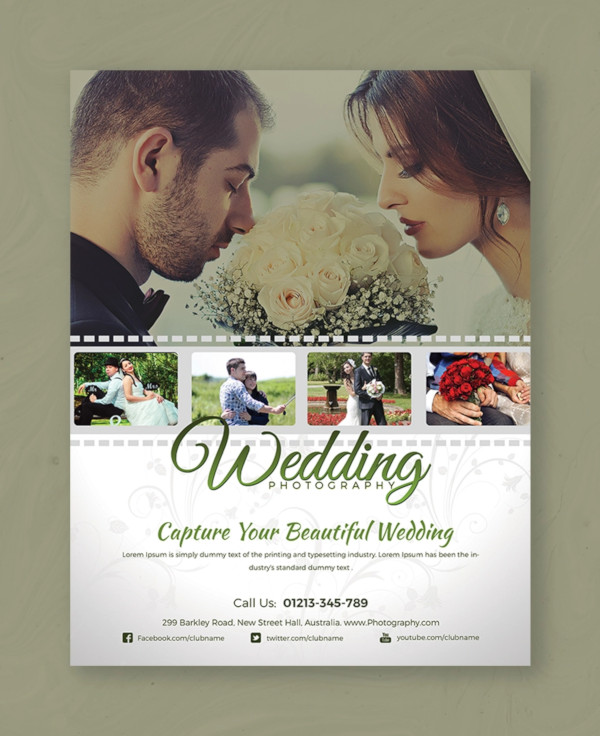
Commercial Photography Flyer
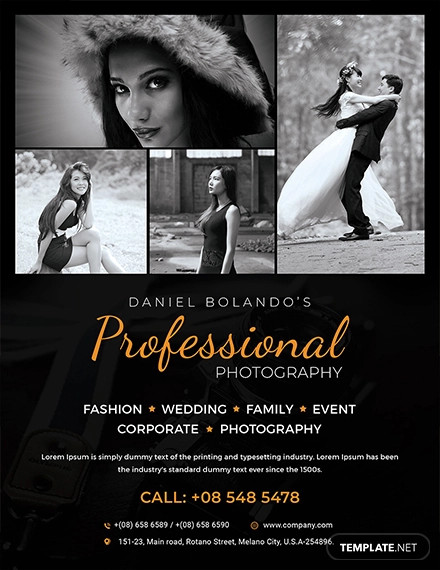
Professional Photography Flyer
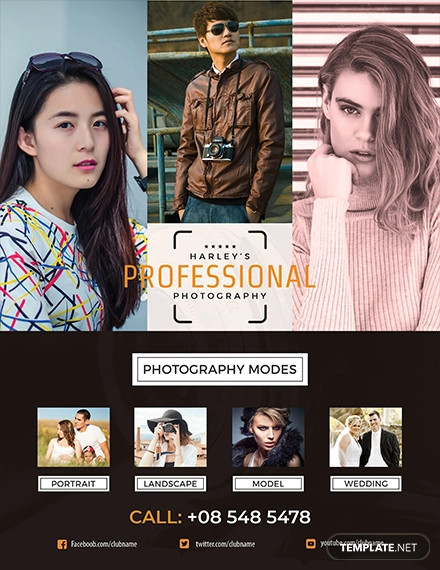
Multipurpose Photography Flyer

Creative Photography Flyer Example
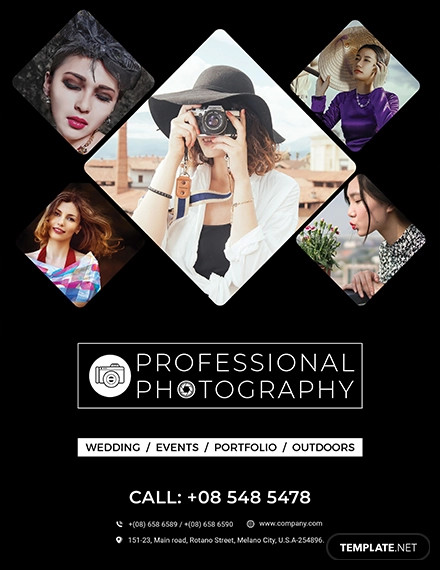
Event Photography Flyer

Fashion Photography Flyer Design
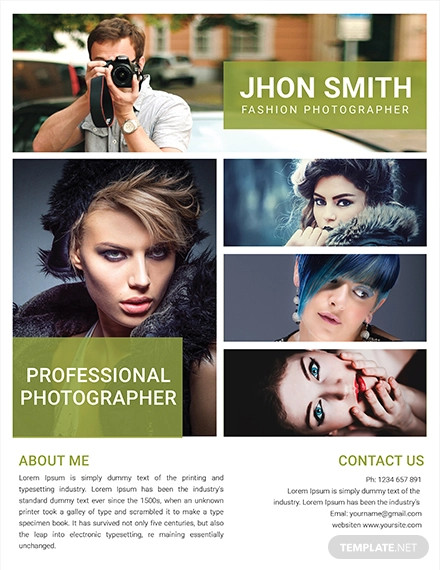
Photography Business Flyers
Simple Photography Business Flyer

Modern Photography Business Flyer
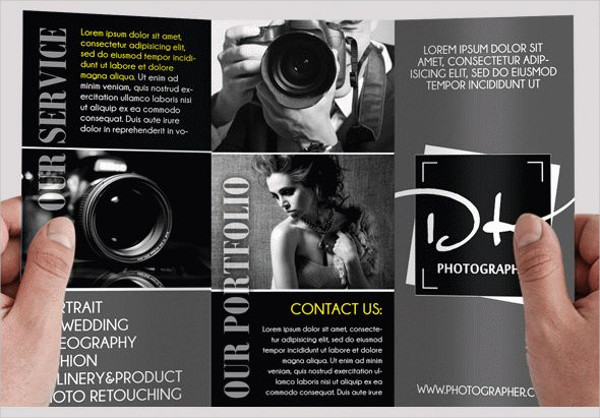
Photography Business Flyer Bundle
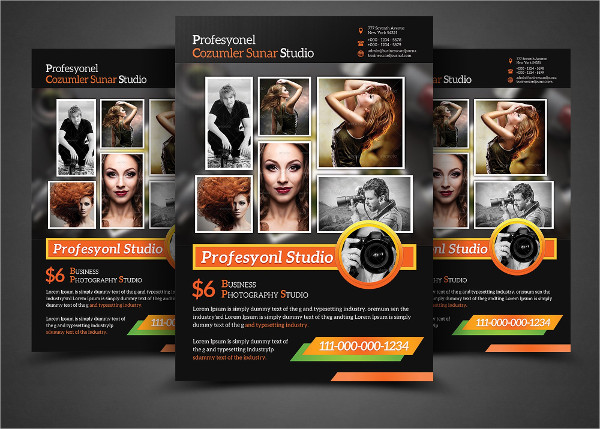
Real Estate Photography Flyer Examples
Free Real Estate Photography Flyer

Real Estate Photography PSD Flyer
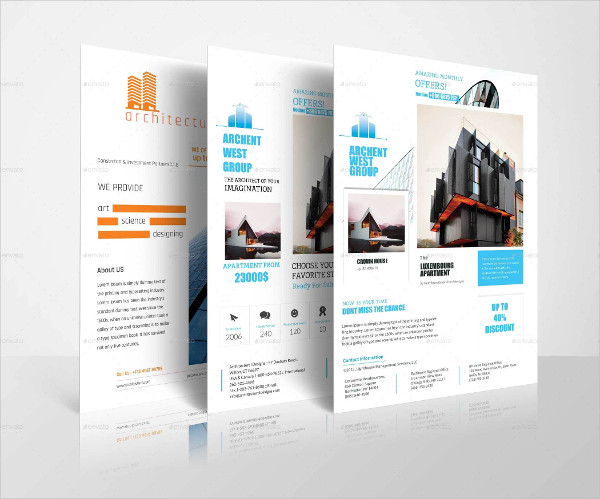
Photography Advertising Flyers
Wedding Photography Advertising Flyer

Creative Photography Advertising Flyer

Wedding Photography Flyers
Clean Wedding Photography Flyer
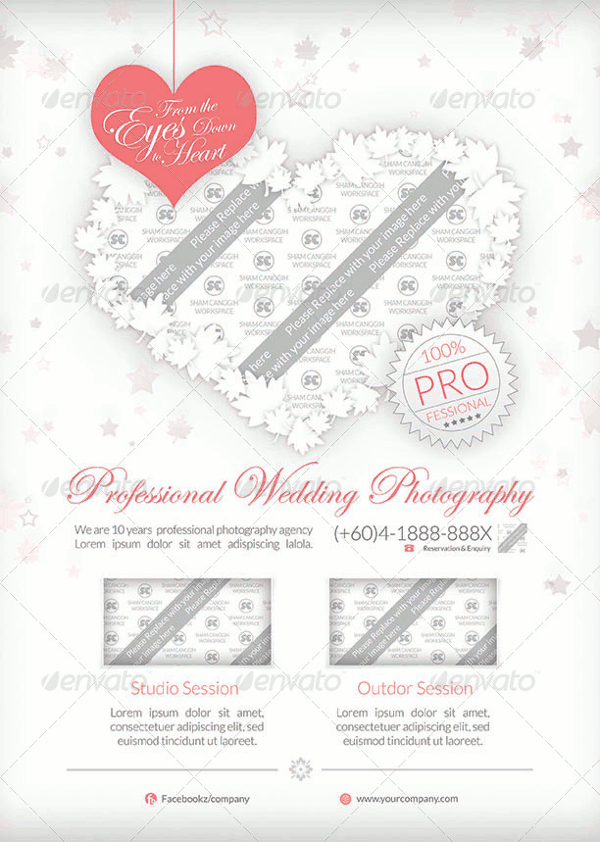
Minimal Wedding Photography Flyer

Wedding Photography Photo Flyer

Professional Photography Flyer Samples
Professional Photography Studio Flyer

Professional Photography Exhibition Flyer
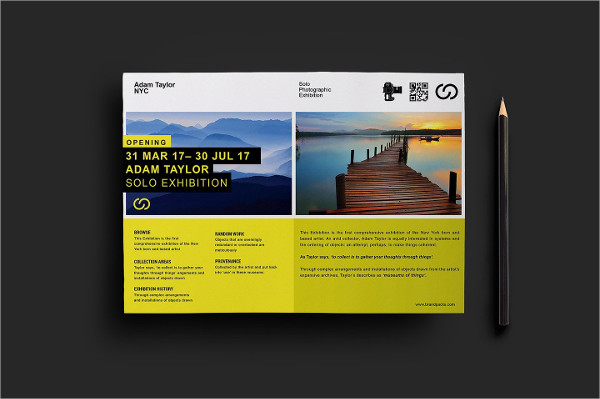
Types of Material Where Your Work Can Be Seen
Photography has a vast array of uses. A Photograph can be made into a museum exhibit piece if it proves to be an award-winning work. Photography can also be used as a material for many things such as:
- Modern Logos – Traditionally, modern logos are in illustration form and are usually drawn or drafted in paper, or illustrated digitally through the help of computers and computer-aided drafting programs; but photographs, or at least parts of photographs are used to make logos. The whole photograph need not be placed as the logo itself, or else the logo will only be a single piece of a rectangular shape in 4:3 aspect ratio. How do you think the Jordan brand got it’s “jumpman” logo from? That’s right – from a photo.
- Company Brochures – Company brochures if not done right and looks boring, would look like a piece of paper you usually crumple the moment you get it from the people who distribute them. Though if done right, and with the help of stock images you shoot from them, it may make the viewer take a look at the brochure for a longer time. If you as a photographer did the photo shoot right, got the right models and such, you could set a tone and mood for the viewer of the brochure to say “I want their services.” or “I want to work here.”
- Posters – vintage Posters are pieces of paper that usually promote an event or such. A lot of advertisers look on to using posters to be able to get word out on the streets in a fast manner, specially if an event or person that’s being promoted in the poster is currently a hot topic in the area. If you’ve already made a name out of yourself around town, you might land a gig on being the one who takes the picture for the posters that will be scattered around your town. On top of that, you even get to possibly meet a famous person or cover an entire popular event if you’re lucky.
Event Photography Flyers
Free Event Photography Flyer
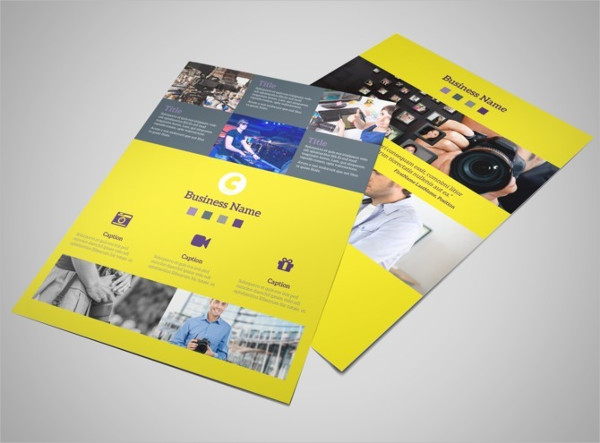
Food Photography Flyer Examples
Restaurant Food Photography Flyer

Free Food Photography Flyer

Newborn Photography Flyers
Newborn Photography Business Flyer
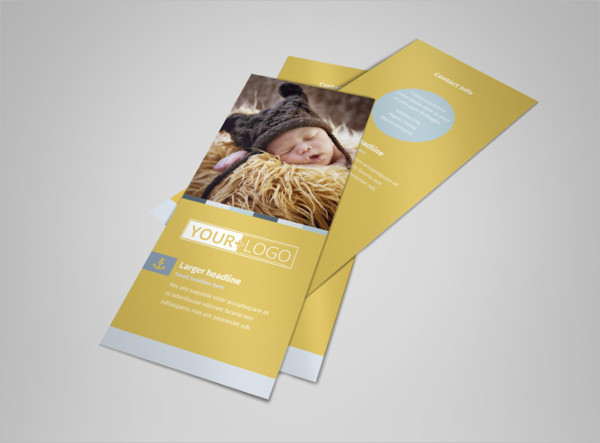
Photography Studio Flyer Examples
Modern Photography Studio Flyer

Photography Studio A4 Flyer
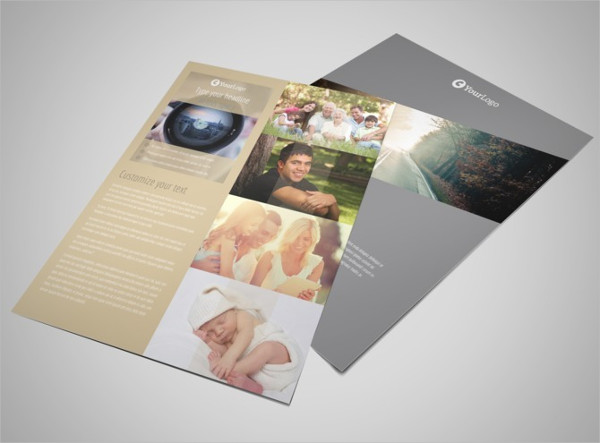
Minimalist Photography Flyers
Minimalist Corporate Photography Flyer
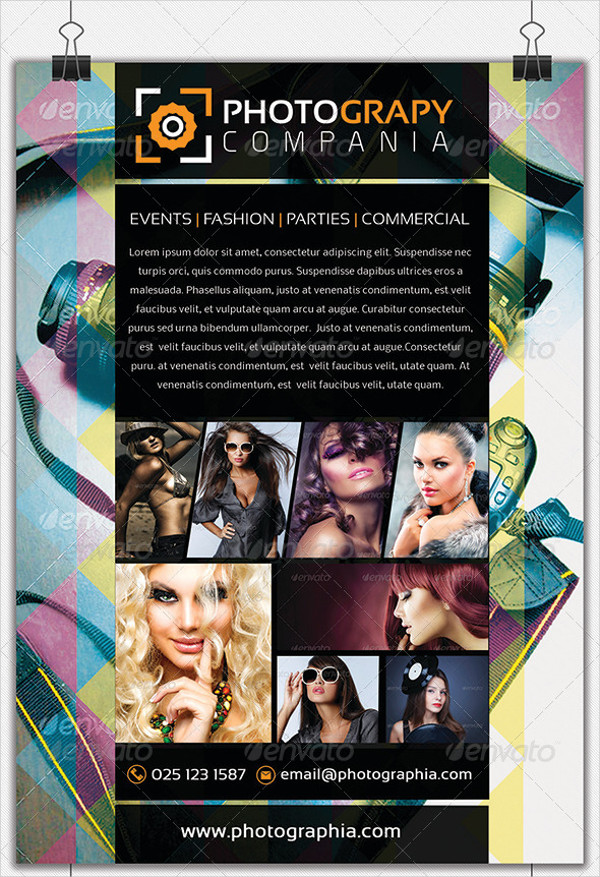
Minimalist Photography Business Flyer

Family Photography Flyers
Creative Family Photography Flyer
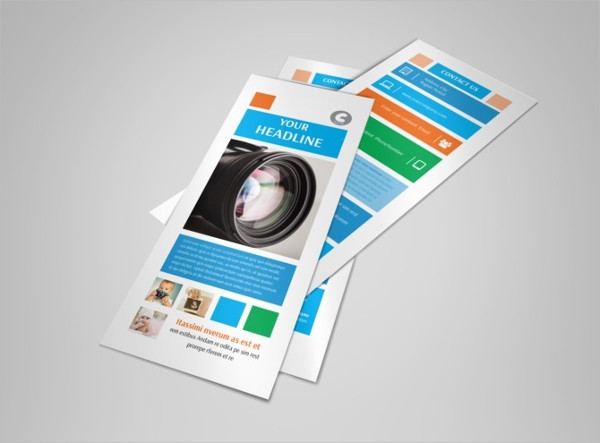
Fashion Photography Flyers
Fashion Photography PSD Flyer
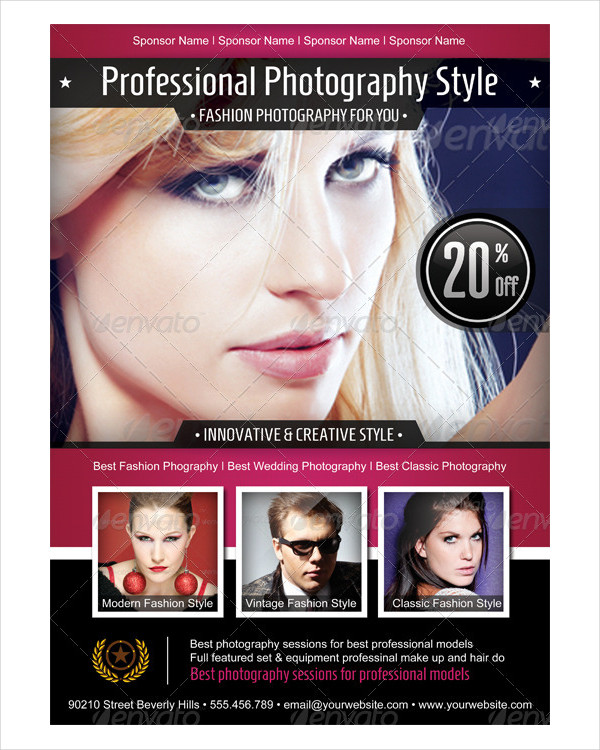
Fashion Photography Studio Flyer
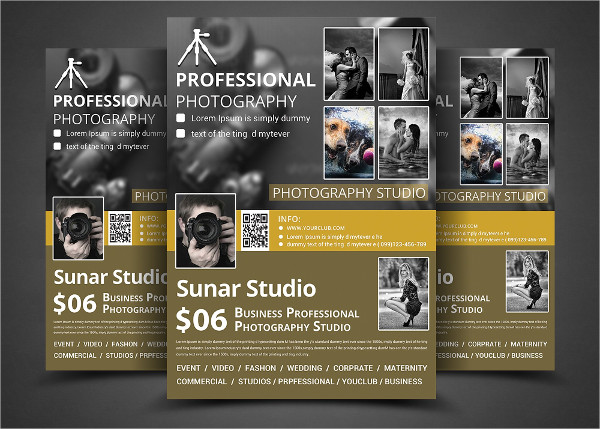
What Are the Benefits of Making Your Passion a Source of Income?
Most people make a living doing the things that are not what they love to do in the first place. Sometimes, having a certain skill on something that landed someone a job does not necessarily mean that it’s their passion already. In photography though, work and passion can become one, and these are the benefits:
- Help your photographer friends land a job too. More often than not, hobbyists have a group that has the same interests in which the are part too. In your case, if you happen to already land a big project with a client and you think you need some help, why not strike a partnership agreement with your photographer friend down the block? In this manner, not only do you have your dream career and work with you, but you were also able to open doors for other people. Through a partnership agreement with another photographer, things will turn out to be easier for you and you get to help others in the process.
- You don’t seem to work at all. When work and play, or rather, work and passion become one, its more just like you’re not working anymore. Your passion is photography, your work is photography and how good is that already, right? There’s this saying Steve Jobs said “The only way to do great work is to love what you do.”. And through this, you will be able to do great work for all of your clients, just as the quote says. With that, your great work will serve as your business application sheet as a portfolio for future clients down the road. That’s winning on two jackpots already, which are the perfect blending of your work and your passion, and your effortless approach in making an excellent portfolio for doing such great work.
Modern Photography Flyers
Vintage Photography Flyers
Vintage Wedding Photography Flyer
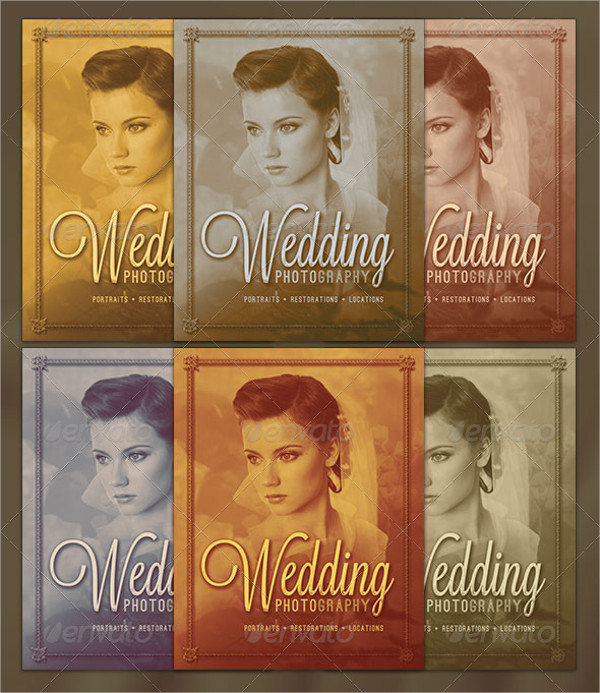
Vintage Real Estate Photography Flyer

A4 Photography Flyer Examples
A4 Black and White Photography Flyer
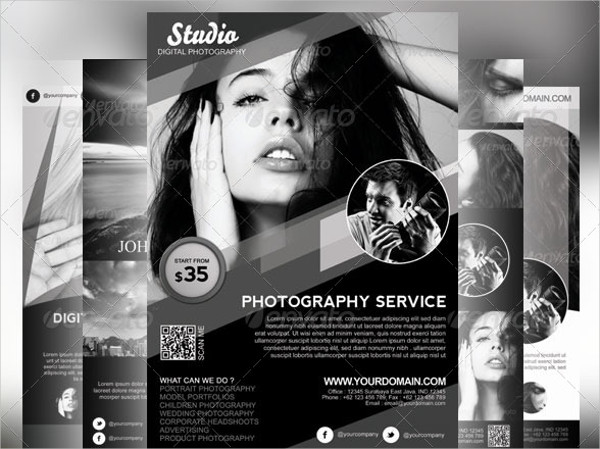
Wedding A4 Photography Flyer
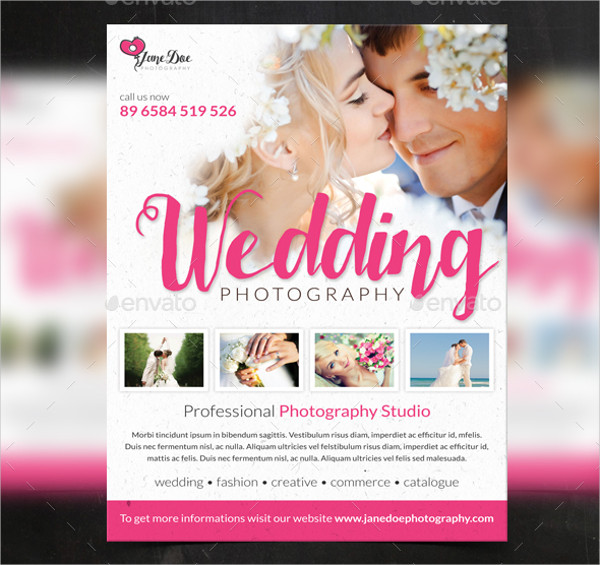
Creative Photography Flyers
Creative Photography Marketing Flyer
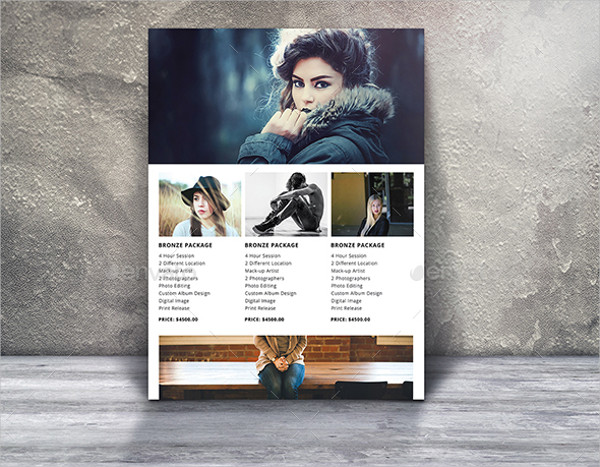
Creative Photography A4 Flyer
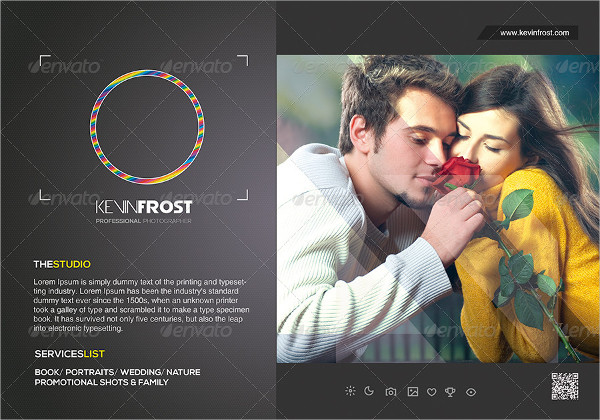
Retro Photography Flyers
Retro Spring Photography Flyer
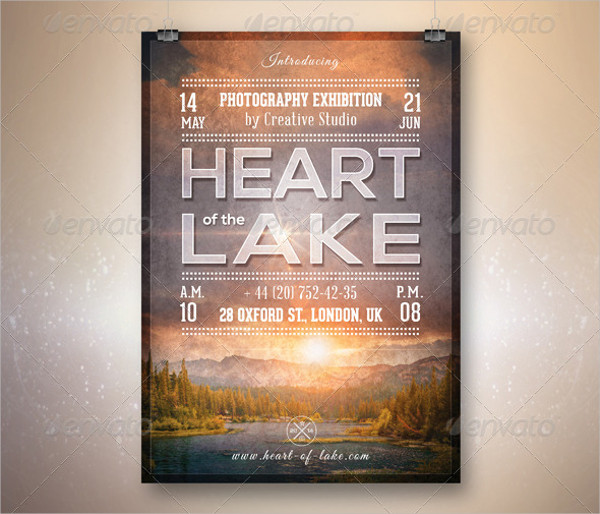
Retro Photography Promotion Flyer

Photography Service Flyer Samples
Free photography Service Flyer
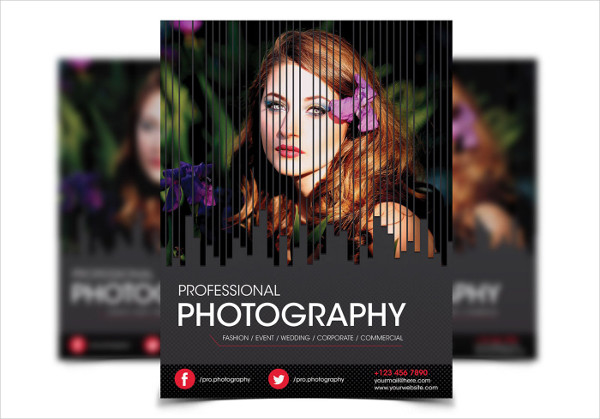
Photography Service PSD Flyer

How to Start Making Your Passion as Your Work
There are a lot of ways to showcase your work to the world and start earning money by doing what you really love. Some platforms will let your work be seen by the world in the snap of a finger, others are more traditional in manner and you will have to put in work for it to be effective. Here are some:
Using Social Media as a tool for a portfolio. Social media is a very effective manner to get yourself known, if used correctly. Social Media helps greatly in the fact that the global village is in true effect in social media and the whole world is connected in this platform. With it, the potential for your photos to be seen by different organizations, groups, and even individuals worldwide. This could serve as your application letter to a lot of clients
Starting from the grassroots. This is a more traditional way of doing things. Sending out advertising brochures through posters, calling cards, an actual physical portfolio during the application process may be more traditional, but it really works if you want to start to be known only around your area for now, and taking it city by city from there.
Photography is a hobby, but to some, it’s their life. When I say life, I mean work and means to earn a living. With these examples right here, you can start your road to success as a photographer and be known around town, enough for you to get clients and work your way from there. The flyer examples provided to you are of high quality, so don’t forget to download some and start your career as a photographer.


